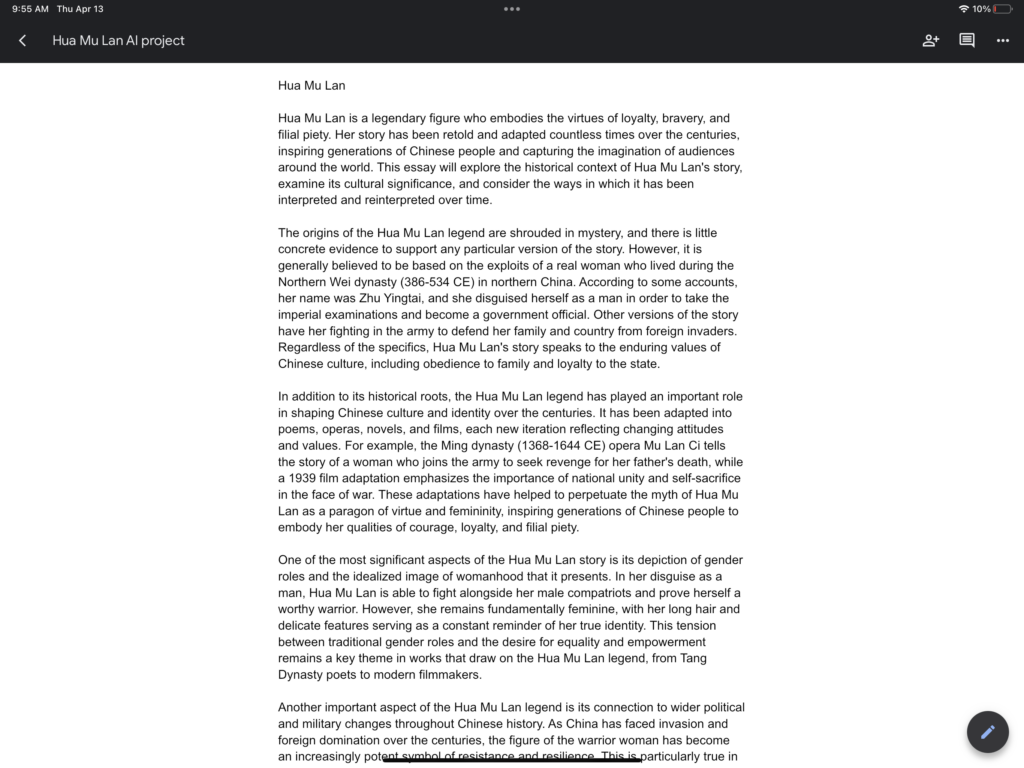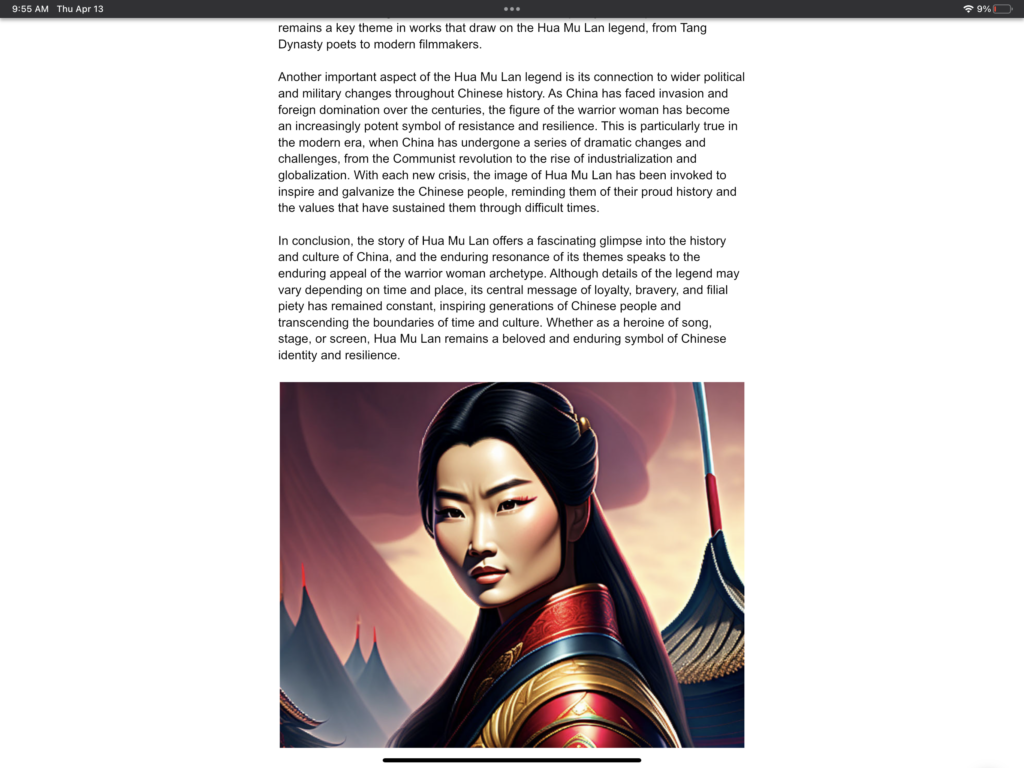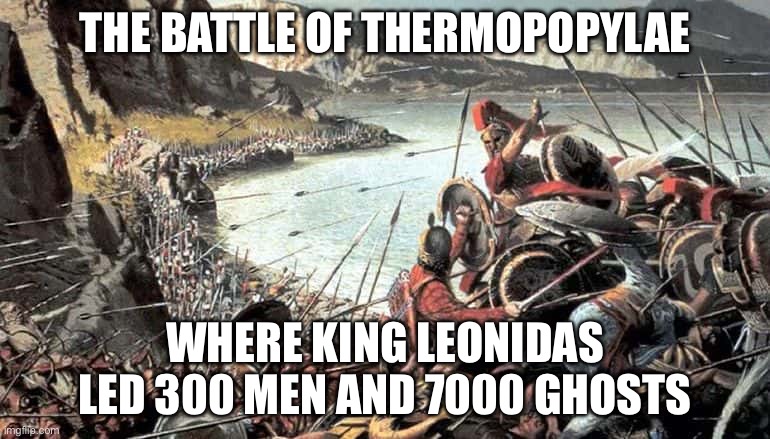This class gave me a much better understanding of the progression of information through history, how that affected the creation of different technologies, and how that relates to where we are at today. I think understanding different forms of communication changes the perspective of technology we have today to open up to more possibilities and future creations of new technology to increase information and understanding.
One thing that really stood out to me was the fear surrounding new technology which is something that I think we can see throughout the age of information but it becomes especially apparent with technologies that do not make sense with basic communication abilities such as visual and speech. This was really prevalent with the “telephone scare” and it seems to be really common today as well as new technologies that actually could potentially be harmful are introduced to people’s lives as a way to improve them and increase productivity.
It seems like a lot of our information technologies today are meant to further increase productivity by having quicker access to information. I think this is interesting to see as it is the focus of a lot of the technology throughout history but it is really obvious today. I found it interesting that some of the class felt they could be ok without their phone in today’s world and some did not. I think this is because the smartphone is really a central piece of technology that is often seen as a necessary component to communicating in the world today in areas where there is high useage. It is amazing how people adapt to having technology like this or to not having it. It changes the way that you run your life. We talked about the smartphone as being the ideal piece of technology to have your entire life planned out in and access to all your contacts. It is interesting to think about the different steps that would have to be taken to organize your day and connect with people if the smartphone suddenly did not exist. I really liked how we discovered and discussed many different pieces of technology in this way to better understand their affect on our lives as well as the affect of future technologies.
I found this class to be really fascinating and helpful with understanding the role of information and technology in our lives. I also enjoyed and found it helpful to have the opportunity to use different platforms for various projects throughout the class. This increased my overall confidence with technology and helped me to see how it can be used as well as introduced me to things I had not heard of. Some of these programs include Canva, meme creators, Timeline JS, and AI generators. I could see developing comfortability with using these as highly beneficial for work and business.



